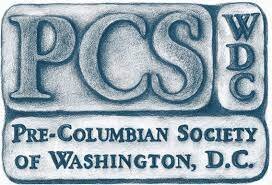New Research from Tikal on Maya Agroforestry
David L. Lentz, PhD, University of Cincinnati
Lidar image and map of Tikal, Guatemala.

An educational organization dedicated to furthering knowledge and understanding of the peoples of the Americas before the time of Columbus.
The Pre-Columbian Society of Washington, D.C. (PCSWDC), is an educational organization dedicated to furthering knowledge and understanding of the peoples of the Americas before the time of Columbus. Founded in 1993, the Society provides a forum for the exchange of information regarding these pre-Columbian cultures between academic professionals and interested members of the public.
Lidar image and map of Tikal, Guatemala.